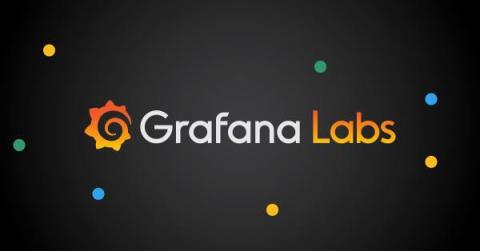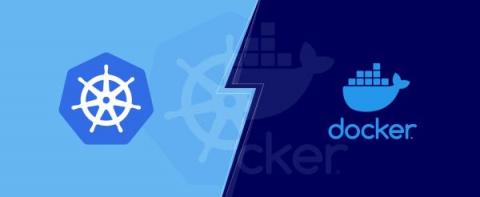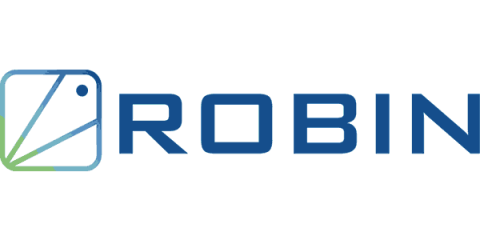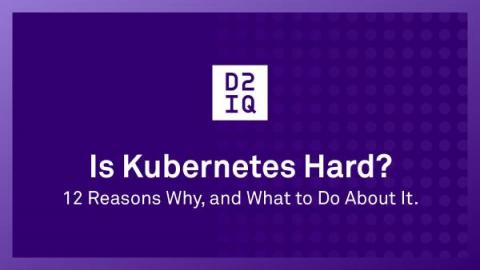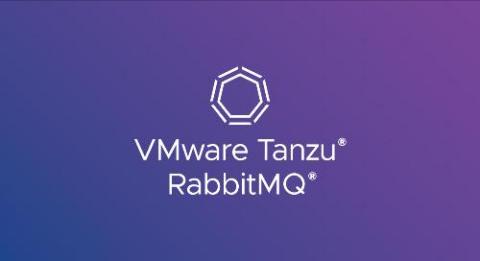How to Build Multi-Arch Docker Images
With ARM based dev machines and servers becoming more common, it is become increasingly important to build Docker images that support multiple architectures. This guide will show you how to build these Docker images on any machine of your choosing.



